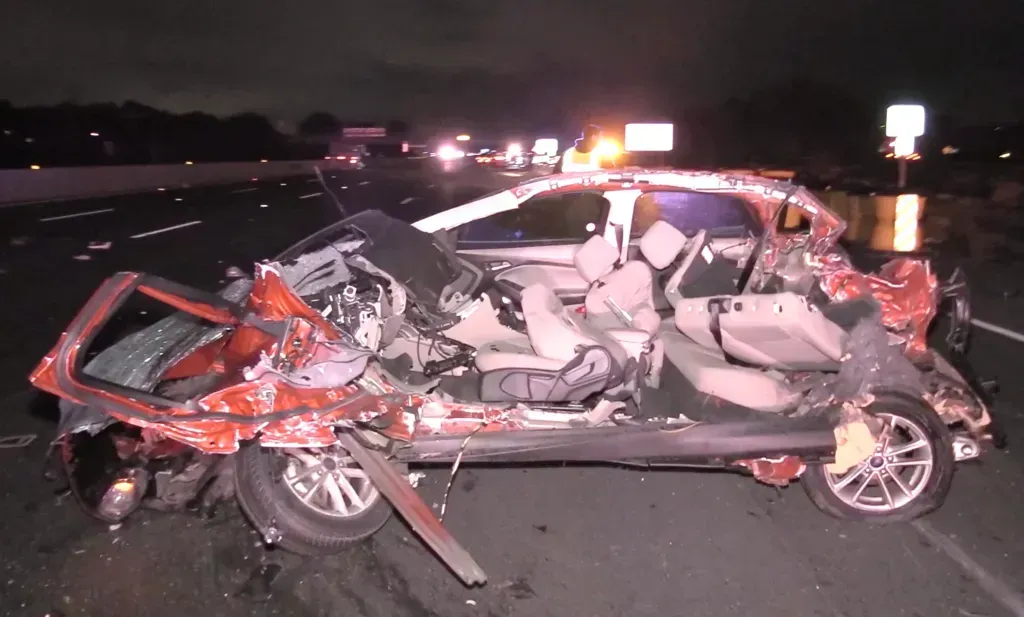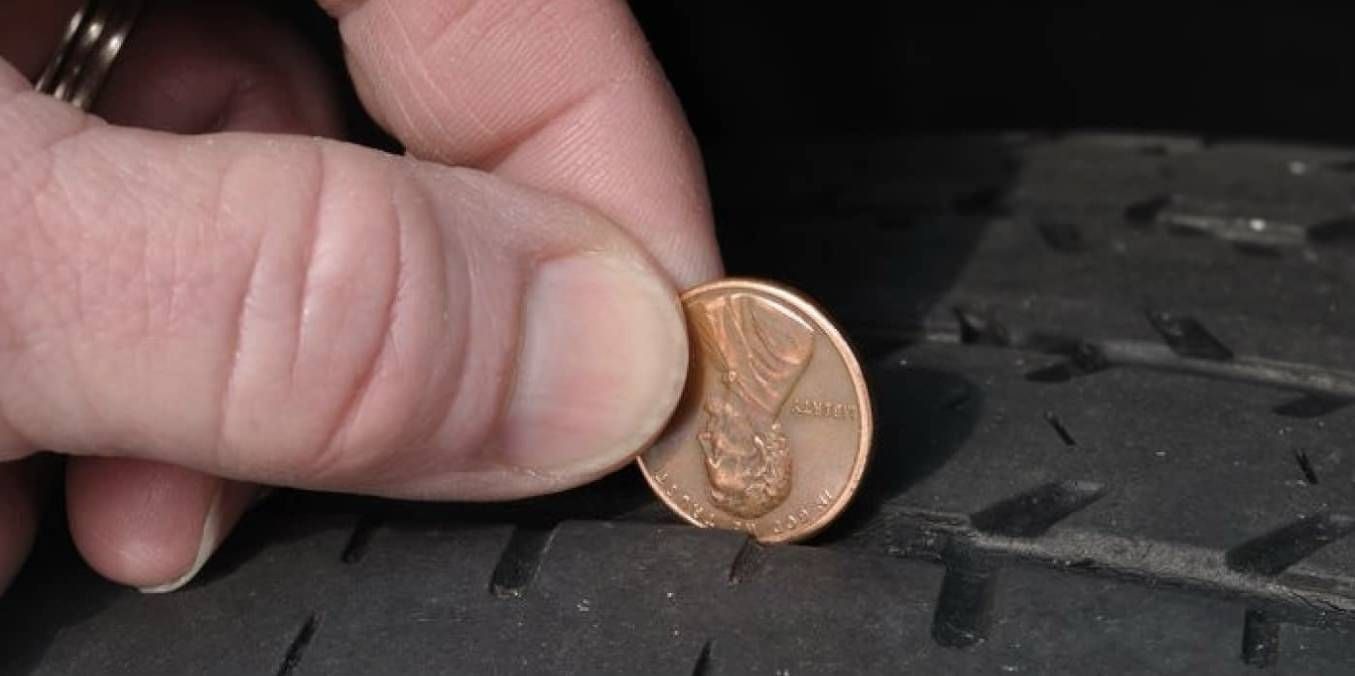DWI: What You Need to Know
Michael Moeller • June 30, 2025
This is a subtitle for your new post

DWI: A MATTER OF LIFE AND DEATH
Last year, according to the National Highway Traffic Safety Administration (NHTSA), over 13,000 died in car accidents related to driving while intoxicated….and that marked the second consecutive year that this mark was achieved. In 2022, roughly 32% of all traffic-related fatalities were related to DWI, and that number was 31% in 20211. With the “100 most dangerous driving days” (Memorial Day to Labor Day) rapidly approaching, more people are about to be hitting the roads for Summer activities including vacations, and the risk of even one person driving impaired becomes even higher. Recent statistics indicated that the 21-24 (roughly 27% of all traffic-related deaths), 25-34 (roughly 27% of all traffic-related deaths), and 35-44 (roughly 23% of all traffic-related deaths) were responsible for most of the alcohol-related traffic fatalities in the US, but underaged drivers in the 15-20 (17%) were also strongly affected2. In these cases, we’re defining “drunk” as having a Blood Alcohol Concentration (BAC) of ≥0.08 grams of alcohol/deciliter of blood, but lower concentrations even down to 0.01 are also dangerous3. How much is too much? Well, impairment begins even at very low concentrations. Alcohol is rapidly absorbed across the lining of the stomach and small intestines, and it is accumulated in the bloodstream until it’s metabolized in the liver. Relaxation, loss of visual acuity, and loss of judgement begin to become noticeable at around 0.02. To give you an idea of how 0.02 “feels”, if you’re starting to feel “warm and “happy”, you’re likely around 0.02. By 0.05, you’re feeling relaxed, and “loose” with lower inhibitions. Remember: there have been drinking-related deaths even at 0.01….so get a ride home….call a friend, call a taxi, call an Uber. Don’t take any chances. By 0.08, you’re legally drunk, and you shouldn’t be even thinking about driving. To provide some additional context, 0.15 is around where you are when you’re vomiting or having trouble with your balance3.
Folks, we at Ditmire Motorworks genuinely care about your wellbeing! PLEASE think before you drink, and we look forward to many happy years helping you to take care of yourself, your families, and your vehicles!
1. https://madd.org/press-release/more-than-13000-people-died-in-alcohol-related-crashes-for-second-straight-year/#:~:text=More%20than%2013%2C000%20People%20Died,Crashes%20for%20Second%20Straight%20Year&text=WASHINGTON%20(April%205%2C%202024),Traffic%20Safety%20Administration%20(NHTSA).
2. https://www.forbes.com/advisor/car-insurance/drunk-driving-statistics/#:~:text=Drunk%20Driving%20Statistics%20by%20Age,08%20or%20higher.
3. https://www.nhtsa.gov/risky-driving/drunk-driving
wn from a different source.
Discover expert transmission, clutch, and drivetrain tips from Ditmire Motorworks in Absecon, NJ. Maximize your vehicle's performance. Visit us today!
Expert engine diagnostics & performance in Absecon at Ditmire Motorworks. Enhance your vehicle's lifespan. Schedule an online appointment today!
Discover the importance of regular oil changes at Ditmire Motorworks in Absecon, NJ. Enhance your car's performance today. Schedule an online appointment now!
Discover expert brake repair services at Ditmire Motorworks in Absecon, NJ. Ensure your safety with our reliable suspension & steering solutions. Schedule an online appointment now!

Mercedes-Benz has a long history and well-deserved reputation for excellence in safety feature. One of the reasons for this is the tireless work of one man: Bela Barenyi (1907-1997), a Hungarian Engineer who worked for Austria-Fiat, Steyr, and Adler Automobiles before joining the Daimler-Benz team in 1939. By that time, he had already developed an impressive resume, having designed the Volkswagen “Beetle” in 1925. Once at Daimler-Benz, he conceptualized a revolutionary new way of thinking of automobile frames, envisioning a “passenger safety cell” flanked by “crumple zones” designed to compress and absorb the energies involved in collisions through controlled deformations, with the safety cell remaining undeformed. He began work in the late 1940’s on his design, and, by 1951 and with the issuing of Patent 845 157, the passenger safety cell was ready to be realized in commercial automobiles. In 1959, the World got to experience this design in the Mercedes-Benz W 111 Model, called the “Fintail” for its distinctive tail fin look1. Add to this the collapsible steering column, a later invention also credited to Barenyi, and one can see how he earned the title “The Father of Passive Safety”. He was inducted into the Automotive Hall of Fame in 19942. Although we may take these technologies for granted now, it is significant to realize that, at that time, automobile manufacturers were “steering clear” (pun intended) of safety issues as talking points. Up until the 1970’s, many feared that discussions around car accidents were “deal killers” for auto sales. We can give a lot of credit to men like Bela Barenyi for thinking “ahead of the curve”. 1. https://www.piston.my/2021/09/18/bela-barenyi-the-man-who-made-cars-crumple-to-save-lives/ 2. https://www.automotivehalloffame.org/honoree/bela-barenyi/
Stay prepared for breakdowns with our guide to roadside emergency kits. Learn what tools, supplies, and gear you should always keep in your vehicle.
Confused by your Mercedes maintenance reminders? Learn what Service A and B include, when they’re due, and why they’re essential for peak performance.
Planning a road trip? Make sure your car is stocked with key provisions like water, snacks, chargers, and emergency kits to stay safe and comfortable.
Be prepared for roadside emergencies. Discover essential first aid kit items every driver should carry, from bandages to burn gel and beyond.




